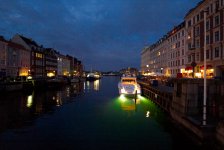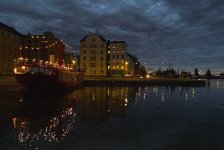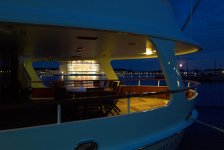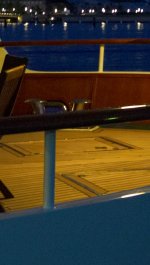tomasis
Well-known
I have difficulty to understand the point with low light perfomance here.. I sometimes push iso 1600 up to 2stops so I get iso 3200-6400 of Rd1 files. Of course those become not that noise free but that is low light perfomance! ACR seem doing good things on color shots and Photoraw - for BW with Tmax fine grain. I'd love to play with M8 files and see what M8 can do for iso 6400-12800 😀 Noise is not big thing for me when I'm commited for all types of BW.Sorry for commenting about Rd1 here but we are in the same place 😉









